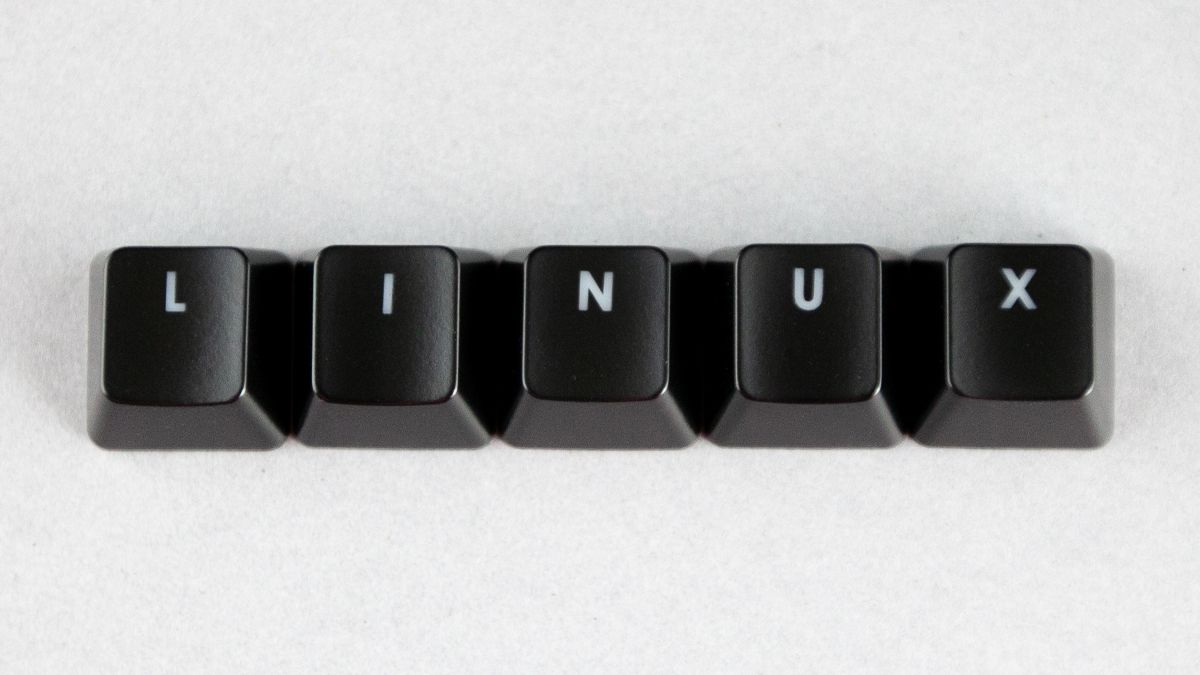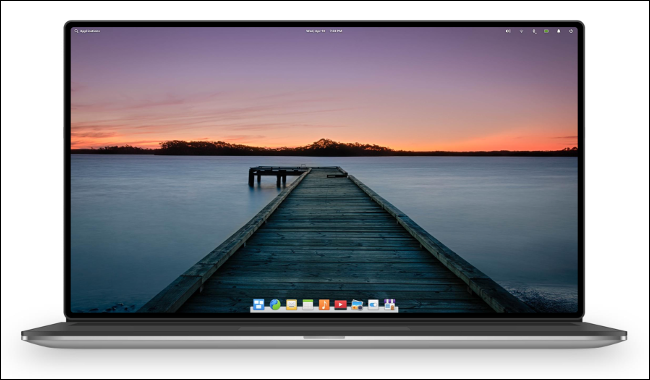Did you check to see if your PC is eligible for an update to Windows 11, only to be let down? One of your few options for continued use of your laptop or desktop beyond Windows 10 is to install Linux. Here's why that's not a bad thing.
The good folks at Microsoft have set high expectations for Windows 11 devices, publishing minimum system requirements that stretch the meaning of the word "minimum." If your device is even a few years old, chances are your computer won't cut the mustard.
Outmoded hardware, though, can leave you in a real pickle. Do you continue using outdated software and invite security risks, or do you spend your hard-earned money on a new device and contribute to the global e-waste problem?
Linux: The Other Operating System
That's where Linux comes to the rescue. Linux operating systems (also called distros) typically have much more relaxed system requirements, and some even cater specifically to old and low-end hardware. Best of all, Linux is free.
Even if you still decide to buy a Windows 11-capable PC, installing Linux on your old machine allows you to continue getting use out of your still-functioning hardware, at no cost to you. No, Linux can't do everything Windows does, but for most everyday computing tasks, Linux gets the job done.
Additionally, many modern distros, like Ubuntu, Elementary OS, and Fedora, strive to give you high functionality and slick, progressive looks right out of the box. You don't have to look far for something that suits your needs and complements your style. And let's be honest, are you really going to miss having ads in your desktop?
How to Try Linux
To try running Linux directly on your system, you'll need to pick a distribution (consider our recommendations for beginners) and then write it to a bootable drive. After that, you can boot it on your PC and try it out. Don't worry, this "live boot" won't erase your current Windows system or files unless you explicitly choose to go that route. Alternatively, you can also buy a dedicated laptop to run Linux.
If you like what you see, go ahead and follow our complete guide to installing Linux. Your hardware, forsaken by Microsoft, will thank you.


